Supersonic flight promises to hush the sonic boom.
This aircraft holds the secret to quiet supersonic commercial travel over land.
The X-plane aims to turn the sonic boom associated with supersonic flight into more of a sonic heartbeat.
The Bell X-1, piloted by U.S. Air Force Capt. Chuck Yeager, reached 700 mph on Oct. 14, 1947. At Mach 1.06, it was the first airplane to fly faster than the speed of sound. But at speeds greater than Mach 1, air pressure disturbances around airplanes merge to form shock waves that create sonic booms, heard and felt 30 miles away.
In the 1950s and ‘60s, Americans filed some 40,000 claims against the Air Force, whose supersonic jets were making a ruckus over land. Then in 1973, the FAA banned overland supersonic commercial flights because of sonic booms—a prohibition that remains in effect today.
NASA and a team led by Lockheed Martin are making advances that bring the goal of quiet supersonic commercial travel over land closer to reality. On Feb. 29, NASA announced it had awarded a $20 million contract to Lockheed’s team to design a low-sonic-boom X-plane that would support efforts to replace the current prohibition with a new standard that would allow acceptable en-route supersonic noise.
The job of the Lockheed team over the next 17 months will be to come up with baseline requirements, specifications and a preliminary design for a demonstration aircraft.
Michael Buonanno, chief engineer for NASA’s Quiet Supersonic Technology (QueSST) X-plane program, said the foundation was laid from 2010 to 2013 with the N+2 Supersonic Validations Program.
The N+2 Supersonic concept, pictured above, laid the foundation for NASA’s Quiet Supersonic Technology (QueSST) X-plane program.
Buonanno said:
“We worked with NASA to develop the necessary design tools and experimental techniques to accurately shape the vehicle so that its sonic-boom signature will be perceived as a sonic heartbeat sound rather than the typical loud double-bang that today’s supersonic aircraft produce.”
The QueSST jet would fly at speeds of Mach 1.4, about 1,100 mph, twice the speed of today’s commercial airliners and nearly as fast as the Concorde. Buonanno said boom-reduction shaping tools have been validated by analysis, wind-tunnel testing and flight experiments.
source lockheedmartin

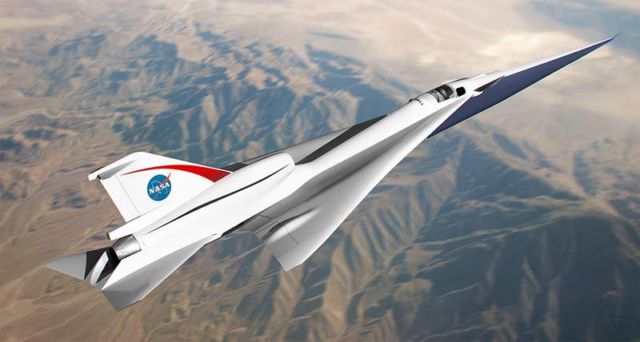
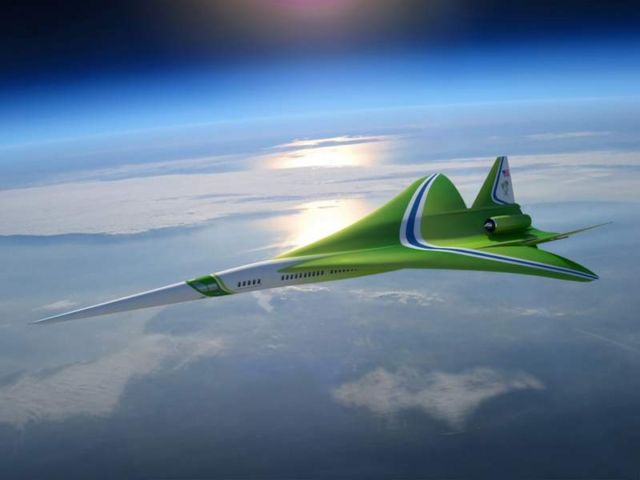
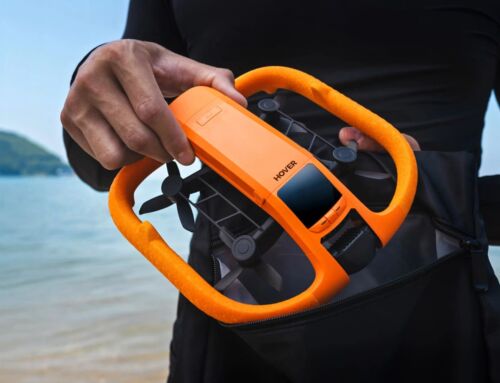
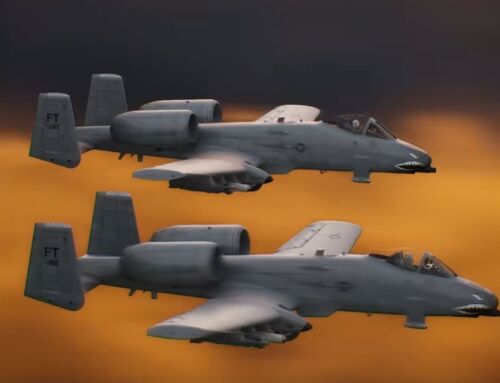
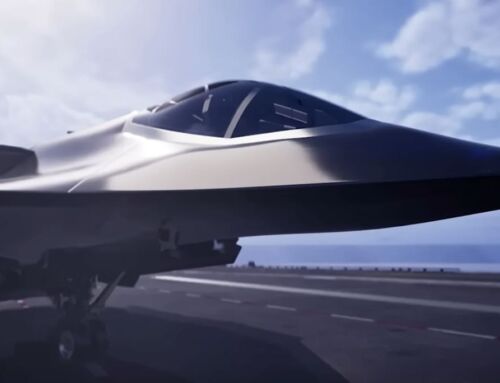
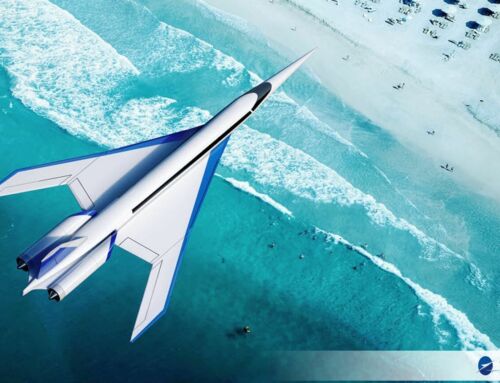
Leave A Comment